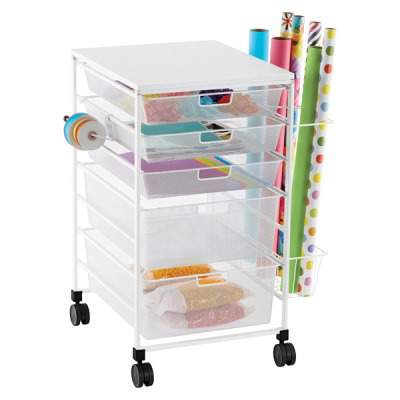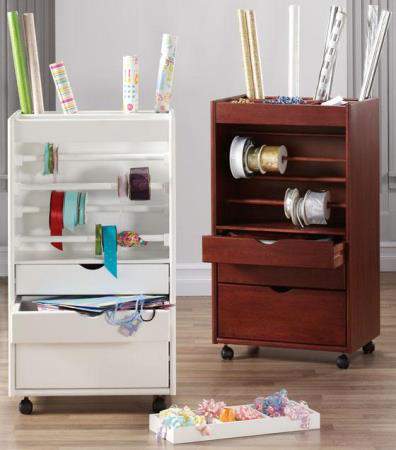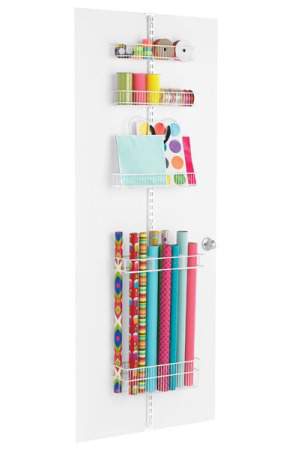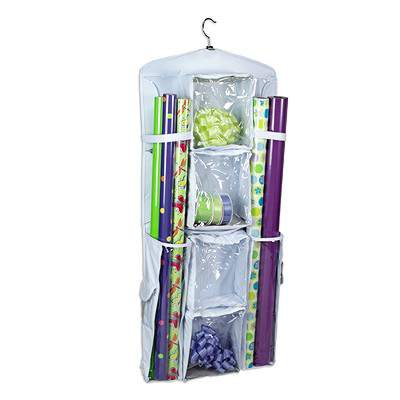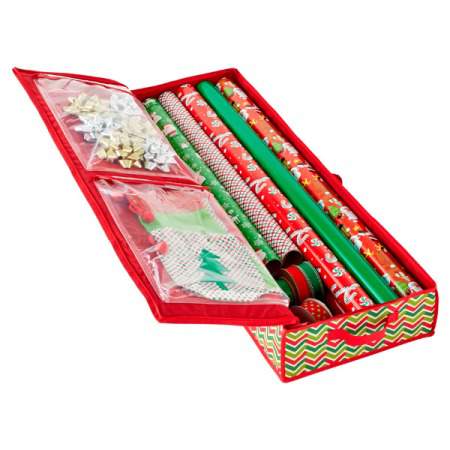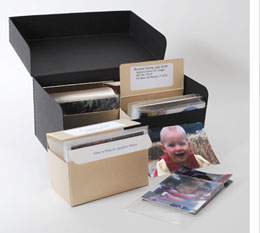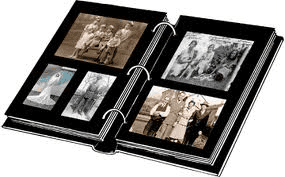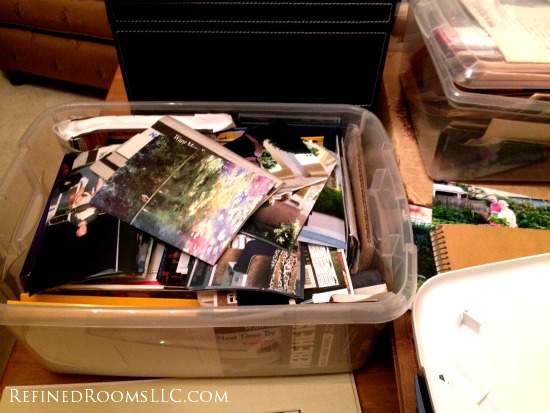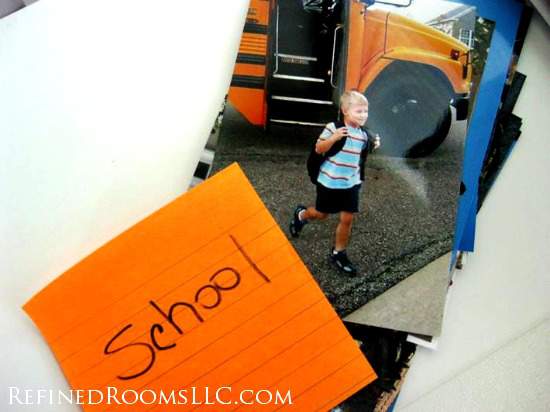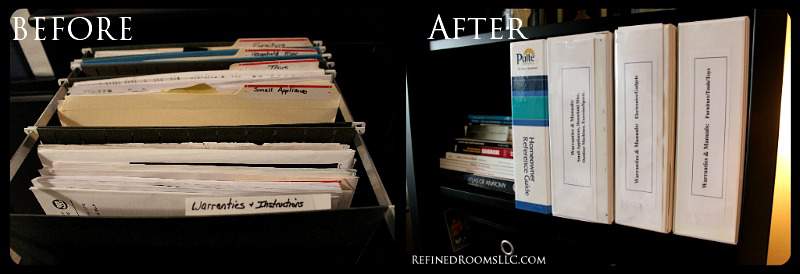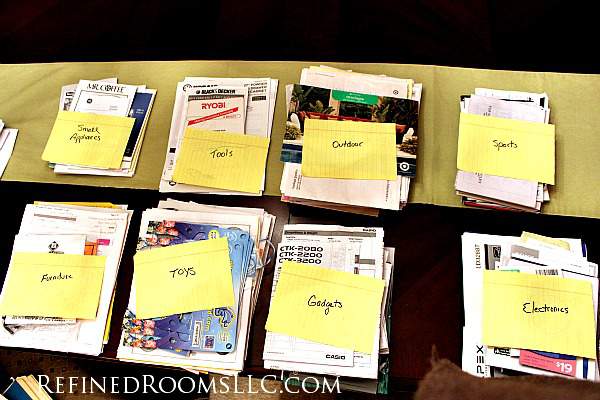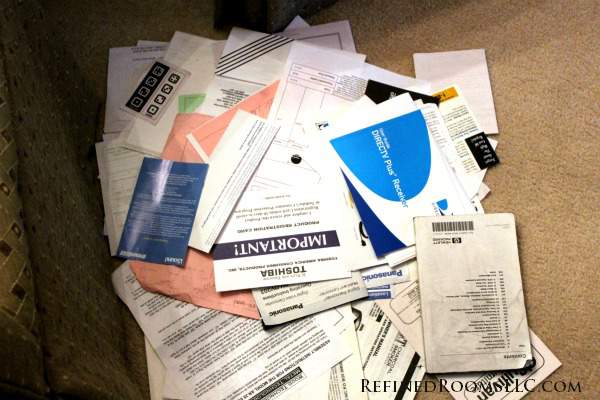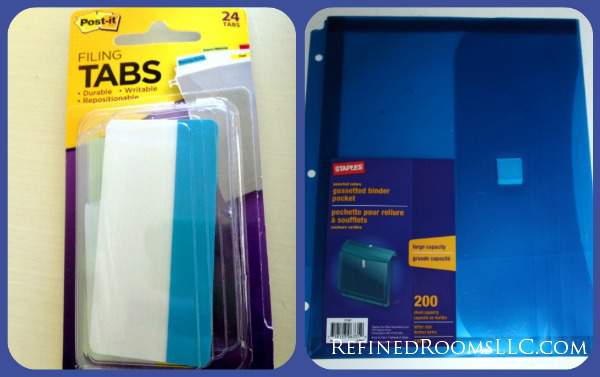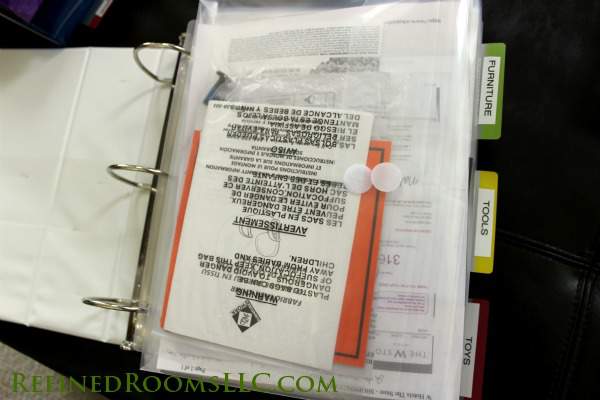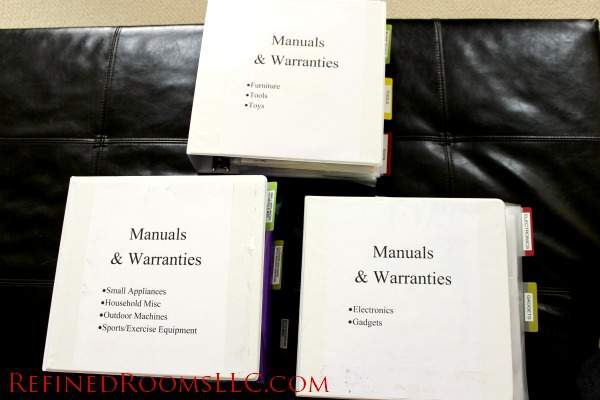We are swiftly approaching that dreaded April 15th tax deadline. Are you one of the lucky ones who received a hefty tax refund this year? If so, then tax preparation might be a distant memory for you at this point, since you likely completed your taxes back in February (so that you could get your hands on that big check ASAP).
I know that many of you, however, are currently swimming in 1040 and W-2 forms, trying desperately to bring order to a box of chaotic receipts. One of the most common types of receipts in that “box of chaos” is the charitable donation receipt for household goods.
Throughout the year, you corral a group of items you no longer need/want, such as this:

You then bag them up and bring them to your favorite local donation site…
…and you get one of these:
Most people tuck this receipt away in a file folder (or the “box of chaos”) with the other donation receipts from the current year, never to think about it again until tax “crunch time” descends upon them. At this point, they are faced with the stress of a) attempting to remember the particular items that correspond with each receipt, and b) assigning a monetary value for each donated item. This can be a painful and time-consuming process if you attempt to accomplish this task in one annual “batch” session. In fact, I know several people who don’t bother to track this information at all because doing the task on an annual basis is simply too time daunting.
Valuing these goods is important though, because you often donate thousands of dollars worth of items each year, which can translate into hundreds of dollars in tax savings. If you completed a large decluttering or downsizing project during the year, you could end up donating tens of thousands of dollars worth of household goods. In these cases, donations can result in quite a significant tax savings. Given the importance of this, I’d like to share a few tips for organizing your (non-cash) charitable donation records that will enable you to take full advantage of your tax deduction:
1. Take pictures of your donated items
Taking pictures serves two purposes; it provides further documentation of your donated items in the event of an IRS audit, and it provides a visual accounting of your items that you can use for creating your own itemized receipt.
2. Determine the value of donated items at the time of donation
Make it a habit to complete the exercise of donation valuation on the same day that you donate your items. Information regarding the condition of each item will be fresh in your mind, which will result in a more accurate assessment of the value. In addition, this habit will prevent you from having to carve out a large block of time near the tax deadline to complete the overwhelming task of processing a year’s worth of donation receipts all at once.
3. Take advantage of existing valuation tools
In the past, I’ve referenced both the Goodwill Valuation Guide and the Salvation Army’s Donation Value Guide for determining how much my items were worth. Within the past few years, I discovered a few interactive tools that are useful for this purpose. These include Goodwill’s Donation Receipt Builder, and most recently, Intuit’s ItsDeductible tool.
ItsDeductible is available as both a web application and a mobile app. It provides a means of tracking cash donations, mileage donations, and household goods donations.
In addition to keep a running tally of the total value of the goods I’ve donated each year, ItsDeductible also provides a summary of my actual tax savings to date. Knowing that I’ve saved $127 so far on my 2014 taxes serves as strong motivation to stay on top of this process (it also reinforces the urge to declutter so that I can find more things to donate!)
4. Attach the original donation receipt with your itemized receipt
ItsDeductible syncs directly with Turbo Tax, which is a boon for Turbo Tax users. It also generates useful summary reports as well. For tax documentation purposes, however, it is best to keep an itemized receipt together with the receipt provided by the donation site.
5. Store all donation receipts for a particular tax year together in a designated location
Whether you choose to scan your receipts and keep all of your documentation electronically (which the IRS now accepts), or you prefer paper records, the final step in the process is to designate a home for these receipts (as well as all of your other tax-related documents) to live until the next tax preparation season arrives. Completing your taxes is stressful enough without the added burden of having to go on a hunting expedition for all of the supporting documentation!
What aspects of the tax preparation process do you struggle with the most? Leave a comment and I’ll add it to the list of future blog topics.
Want to learn more about Natalie Gallagher or Refined Rooms? Visit RefinedRoomsLLC.com.













